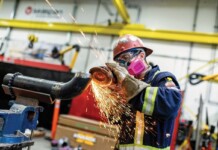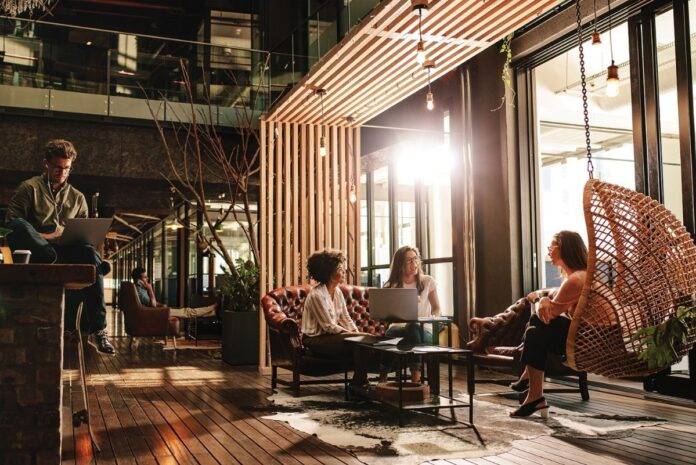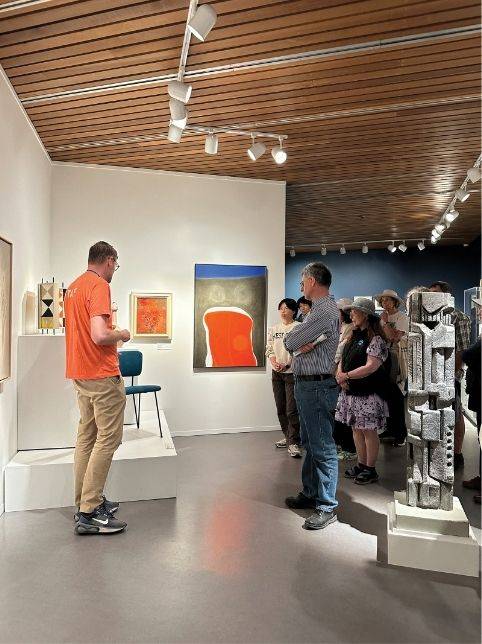In an era where everything seems AI-focused, many of the top trends for meetings, large and small, are about using technology as a means to personalize attendee experiences.
Smart Events
Personalization is the top trend in the meeting world, according to Cvent, makers of a cloud-based software platform designed for event management and hospitality. According to Cvent, AI is the secret to increasing personalization.
Networking and session recommendations, personalized itineraries, translation services, assistive technologies, activity summaries, live polling, feedback surveys, tailored emails and messages, chatbots and even games and scavenger hunts to encourage exploration and engagement are all part of the process. Cvent compares it to the way Netflix and Amazon offer suggestions based on previous interest. It’s all AI — but it feels personal.
The ever-evolving world of technology has sparked several other trends. While tech tools for event planning, registration, marketing and attendee engagement have been around a long while now, the AI boom is really taking things up a level. In addition to providing more personalized experiences for attendees, today’s event technology does even more. AI is being used for content generation, logistics and data analysis — and there’s so much data! New AI tools can analyze session reviews and post-event data and summarize recommendations for improvement. Other tools gauge real-time audience reactions using facial-recognition software so you can adjust sessions or experiences during the presentation. Creepy, yes, but it’s happening. All these tools raise questions about privacy, consent and safeguarding personal information that you need to understand and be able to answer when attendees ask.
Hybrid events are here to stay. According to Business and Industry Canada, hybrid events are expected to stabilize at 60 to 65 per cent of all professional events, establishing a new standard in event delivery across Canada. Statistics show that hybrid events have higher attendance rates — typically 30 per cent higher compared to traditional, in-person-only events. Moreover, Canadian businesses report an average cost savings of 25 per cent, primarily through reduced venue and catering expenses. The technology to host hybrid events has also improved — for example, 5G ensures live streams reach virtual attendees without lags or buffering. Hybrid events also mean a more diverse audience can attend. With international travel being a potential challenge, it may be the only way some attendees can join your meeting.

Responsibility and Well-being
Sustainability and green practices have been part of events and meetings for well over a decade. But what has changed is that it is no longer a trend — it’s an expectation. According to Encore Canada, 54 per cent of event planners recognize its importance and 60 per cent incorporate it into their RFPs. Everything from recycling, composting and energy saving to paperless events, eco-friendly displays, signs made with recycled materials, carbon-footprint tracking and LEED-certified venues. And don’t be afraid to ask attendees to bring their own notepads, water bottles and tote bags.
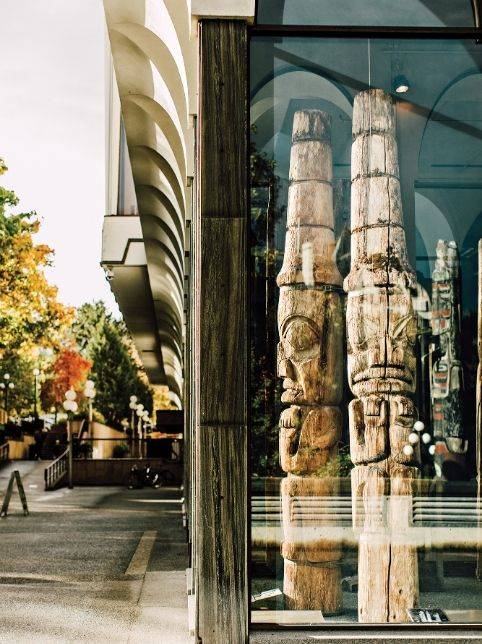
DEI matters here, regardless of what is happening in other parts of the world. Consider the diversity of your speaker lineup, accessibility of your venues and cultural sensitivity in choosing event dates and in food and beverage options. Ensure meeting staff have DEI training. Make your event one where everyone feels welcome. DEI is not a trend — it is a commitment to justice and fairness, and these days it is more important than ever to set an example.
Collaborate with Indigenous consultants, speakers and elders to respectfully acknowledge traditional territories and incorporate Indigenous perspectives into your meeting. Whether your attendees are local or come from away, meetings are an opportunity to learn about and celebrate Indigenous history and culture. Showcase Indigenous arts and crafts, food and entertainment, workshops, games and guided walks. The key to meaningful engagement is consultation. It is not enough just to read a land acknowledgement.
Quiet, multi-purpose spaces continue to be important to allow attendees to decompress and recharge. Ensure these areas are accessible and low sensory: calm, quiet and temperature controlled with no bright lights, loud noises or strong odours. Neurodivergent and neurotypical attendees alike will appreciate being able to escape for a few moments of quiet.
Incorporating Local Flavour and Appeal
Victoria is in the spotlight as an event market. Business and Industry Canada says that while the big cities still dominate the events industry, there is remarkable growth potential emerging in smaller centres. Halifax, Regina and Victoria have experienced an increase of 15 to 20 per cent in event-hosting capacity over the past two years. Industry experts say these smaller markets will continue to grow, with an estimated 40 per cent of event professionals planning to explore these emerging locations in the next three years. One of the key reasons these markets are gaining in popularity is that smaller cities often provide more cost-effective solutions while maintaining high-quality standards.
Unique venues and destinations continue to be popular meeting choices. According to Cvent surveys of event professionals, 49 per cent of North American planners and 45 per cent of European planners are turning to unique venues for their events, representing a significant jump from 2023 when only 17 per cent of North American planners sought unique venues. The definition of a unique venue included conference centres, art galleries, museums and cruise ships. The reasons listed are creating memorable events without breaking the bank, enhancing attendee experience and increasing flexibility with pricing and features like food and beverage.
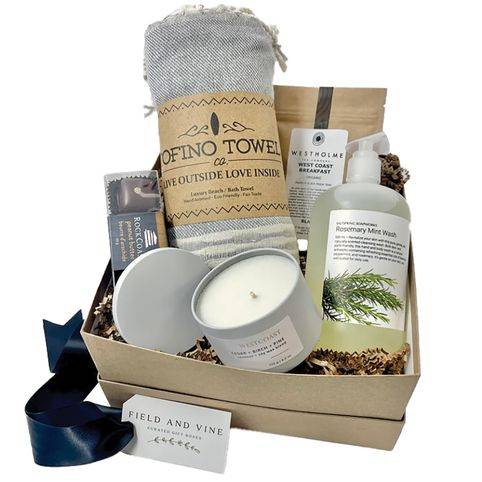
Support local suppliers, British Columbian and Canadian. Given the current political and economic climate, there is a significant preference for Canadian-made products and services. Be bold about it. Make sure any speaker gifts and attendee treats are very Victoria and Vancouver Island. Better yet, have the makers of the products stop by your event — maybe a little pop-up market?
Experiential learning continues to be an important trend. Think creative, immersive and interactive venues that take attendees out of the traditional meeting format. Interactive workshops, hands-on demonstrations and outdoor activities provide memorable experiences and team building. Of course, this continuing trend bodes very well for Victoria and Vancouver Island, where unique experiences are abound, from cooking classes and wellness workshops to all kinds of indoor and outdoor activities.
Micro Gatherings
Field marketing, a.k.a. field events, are gaining traction, according to Cvent. What that means in the meeting world is a return to smaller regional events, such as roundtables, dinners and other in-person gatherings where engagement is direct and personal with the aim of fostering deeper connections. Field marketing events are often regional to build relationships with a local audience. Micro-events, hyper-local niche gatherings and community-driven events are other terms you might see, and the commonalities are that they provide a more personal, grassroots experience than a big event.
They range from splashy, high-end dinners to casual, down-to-earth gatherings.
An interesting segway from that is another way the term “field marketing” may apply in a meeting situation: aligned businesses that attend meetings, trade-show-style. While field marketing used to be one way — handing out brochures, samples, pens and other swag — businesses are making it two-way by using surveys, feedback forms and QR codes to encourage attendees to follow the business, gain access to exclusive information or deals and enter contests in exchange for that all-important contact information.
















